Aichrizon: species, care and reproduction
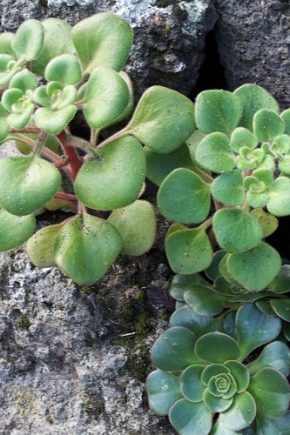
Aichrizon is called "the tree of love". Despite all the romanticism of the second name, translated from Greek aichrizon means "forever golden". Everyone is familiar with the "money tree", and the "tree of love" presented here is its closest relative. Both cultures belong to the Tolstyanka family, but differ in some characteristics.
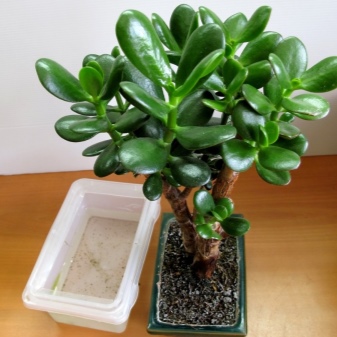
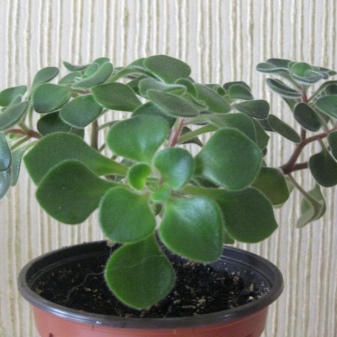
Peculiarities
Currently, it is possible to grow about 15 species of aichrizone, but in indoor conditions it is possible to keep only aichrizone at home. According to its external description, it looks like a fat woman, better known as a "money tree": it has the same spreading branches, a thick stem, dense fleshy leaves, however, the type of tree in this plant is not as pronounced as in the "money" relative. Its leaves are not even structured, but fleecy, like velvet; their shape is heart-shaped, in fact, for this shape of leaves the culture acquired the status of a love tree.
A feature of the presented variety is regular flowering. In appearance, the flowers seem miniature, faded, dull, however, by mid-April the plant blooms profusely and richly, spreading panicles give many bright golden-yellow flowers in the form of stars. People say that the brighter the aichrizon blooms and the more leaves it gives, the more love and happiness in the family. Therefore, it is one of the favorite plants of flower growers.
Moreover, it is not at all difficult to grow a full-fledged luxurious plant in indoor conditions.
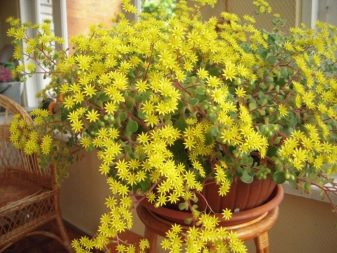

Varieties
The most famous species are as follows.
- Spread out. It is also called laxum or loose. It has the shape of a cube, grows up to 40 cm. Its leaves are diamond-shaped, with a pubescent surface, have a compact size - up to 3 cm. Flowering occurs in early spring, lasts about five months. The flowers are yellow.
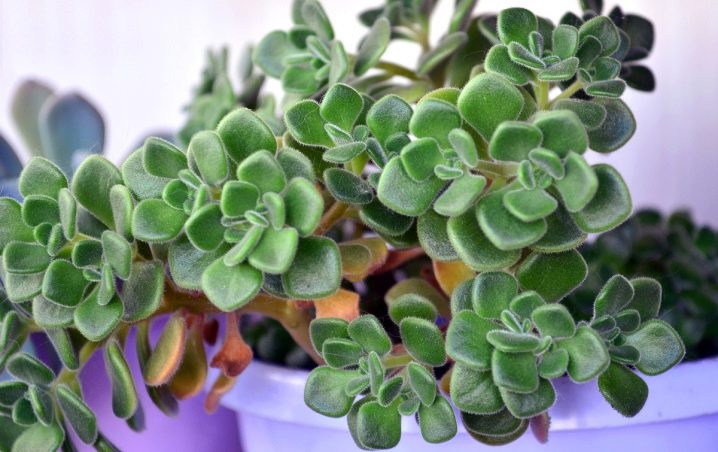
- Point. Large succulent. Height can reach 45 cm. The stems are green-brown in color, the top is slightly fleecy. Leaves in the form of rhombuses, collected in leaf rosettes.
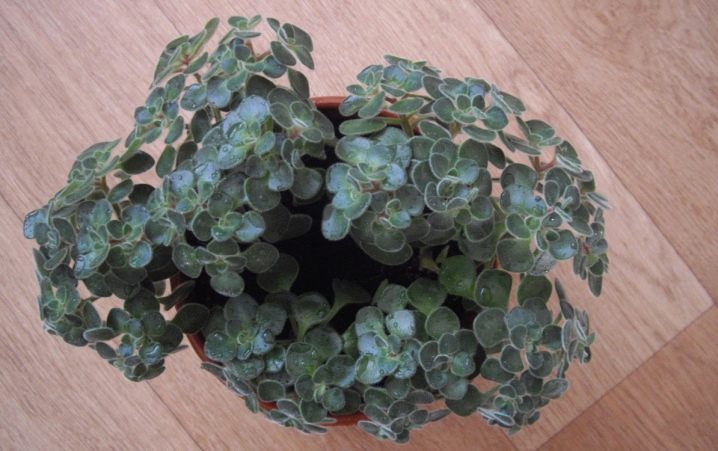
- Winding. A compact plant, reaching a height of 25 cm. The leaf blade is light green, covered with hairs. Leaves grow in groups, hold by the stem with petioles. A feature of the variety is short shoots. Flowering starts in spring, ends in September.

- Clear-leaved. Miniature shrub with straight crown branches and wide leaves up to 15 mm long. It is usually a green plant, but some specimens may have a yellow-green color. Some of the leaves have scarlet stripes, from which a special sticky coating stands out.
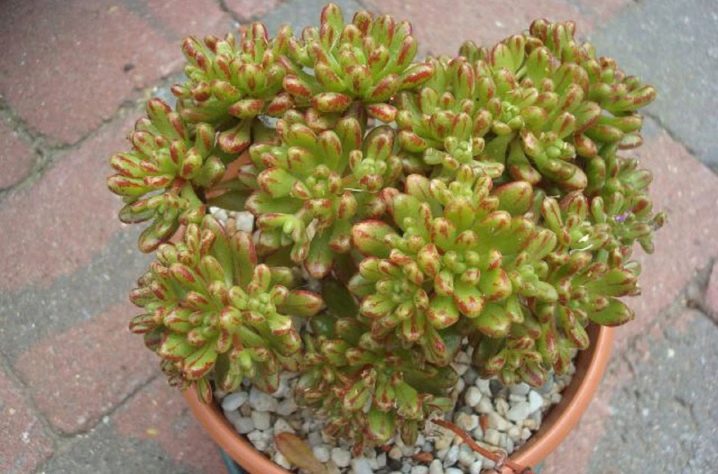
- Home. It reaches a height of 30 cm. It has a beautiful lush crown. A hybrid is the result of a mix of sinuous and dotted species. Has miniature heart-shaped leaves. The most suitable option for planting indoors. It is about him that will be discussed.
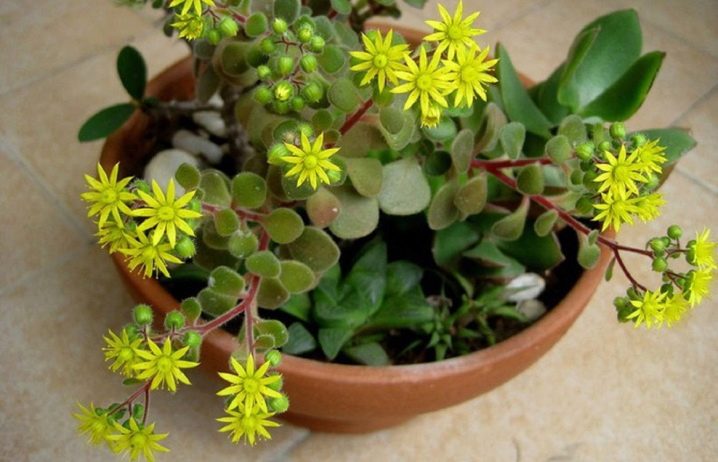
Conditions of detention
Lighting
The plant is very fond of the light of the sun, so it must be grown on a well-lit windowsill. However, direct ultraviolet rays must be feared, since the leaves of the culture are fleshy, saturated with moisture, and this threatens to cause burns. Light is needed diffused. This can be achieved by using tulle or gauze curtains. The optimal location of the flower is east or west. If the plant is placed in the southern part, then to protect it from dangerous rays, you can move it to a nearby table or chest of drawers.
The optimal daylight hours are up to 14 hours. In order for the crown to develop evenly, periodically turn the plant towards the sun in different directions.
If you leave this fragile flower in one position, then due to a shift in the center of gravity, it may even fall.
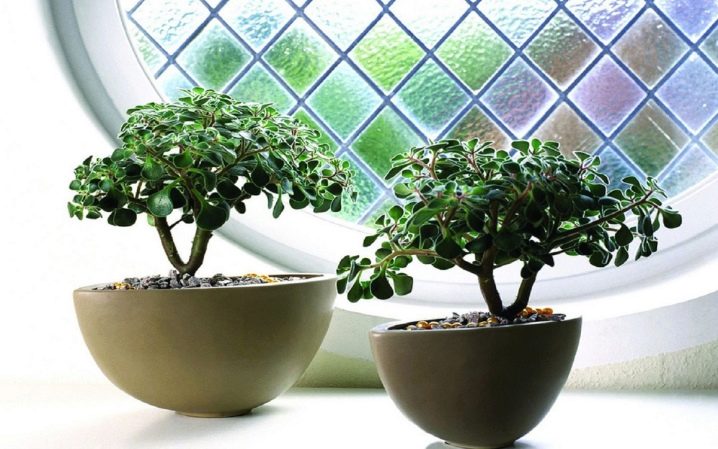
Temperature and humidity
In summer, the usual room temperature in the range of + 20-25 degrees is suitable for the plant. It is more difficult to maintain the correct temperature during the winter months. To achieve a lush and long flowering, it is recommended to leave the flower at a temperature of + 9-10 degrees in the cold season. If the "tree of love" is grown on a windowsill, then this temperature is usually maintained here in winter. If there is a battery under the windowsill, and its surface is warming up, then it is better to rearrange the succulent to a cooler place.
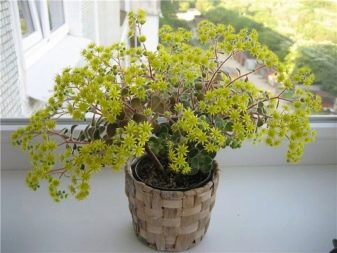
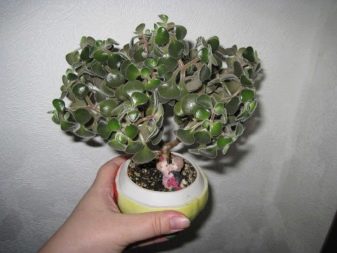
If in winter you leave the culture at normal room temperature, then it will not be able to please the grower with lush flowering, and in addition, it will lose its beautiful appearance, shed its leaves, stretch out, and look dreary and lifeless. If the temperature drops below 8 degrees, the culture may freeze. And if it rises to 30, then the plant will fall into stagnation - the so-called summer dormancy.
The tree prefers to grow in dry air. It does not need spraying and moisturizers, especially since the fleecy structure of the leaves can accumulate moisture after spraying, which will provoke the spread of rot. However, systematic shower procedures will not be superfluous. During such procedures, the plant is washed under the shower, which has a positive effect on its general condition and appearance.


How to care?
Top dressing
The most suitable soil for succulent consists of turf and peat soil, coarse sand and medium gravel, all components are combined in equal proportions. Birch charcoal can be a good addition. But in order for the bush to form well, the plant develops fully, and the flowering is plentiful, you cannot do without complex fertilizers.
In a warm period, two dressings per month are enough, at this time it is important to use as little nitrogen-containing mixtures as possible. In winter, during the rest of the plant, you do not need to fertilize it, let the flower rest.
Top dressing is resumed with the onset of spring, and is stopped at the beginning of autumn. For additional nutrition, it is recommended to buy store-bought mixes made specifically for succulents, in which the nitrogen content is minimal.
In the case of overfeeding with nitrogen, the formation of putrefactive processes in the zone of stems and leaves is possible.
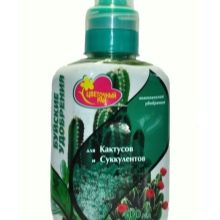

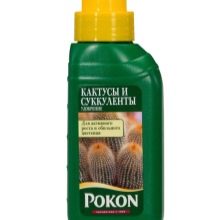
Watering
Perhaps watering is the most responsible procedure that falls on the shoulders of the grower. As you know, succulents are able to accumulate moisture in themselves, and therefore they do not need frequent watering. However, some amateurs try to supply the flower with moisture to the maximum, which negatively affects the health of the plant.
The frequency of watering depends on the conditions of detention. This is determined by the air temperature, the age of the plant, the volume of the container and other criteria. As soon as the "tree of love" has appeared in the house, it needs to be watered in very small portions and only if the surface of the soil dries up. To check if there is enough moisture for the specimen, it is recommended to squeeze the crown a little with your hand. If you feel elasticity, springiness, then this is a sign of optimal moisture content. If the crown seems stunted, then the plant needs to add water.
It is also possible to understand that the “tree of love” needs hydration by the state of the leaves. Flabby, wrinkled leaves indicate that the soil is dry. With the onset of winter, the flower should be watered as little as possible.
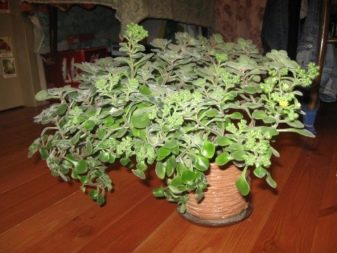
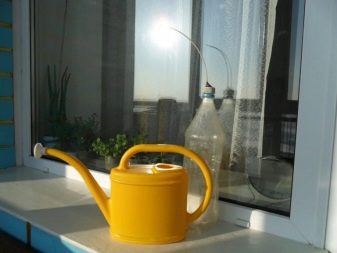
Transfer
There is no need for frequent transplants. Usually, the procedure is carried out in the spring before flowering begins.When replanting, give preference to clay pots: air passes through their pores well, and excess moisture is removed. Thus, the root system can breathe with ease, which has a good effect on the general condition of the flower. A succulent plant needs a transplant in the following cases.
- Purchase. The plant, which was brought from the store, needs to be transplanted in order to ensure cultivation in fresh soil, to inspect the condition of the roots, to prevent rot, to increase the volume of the container.
- Overgrowth of the root system. When the roots are intertwined so much that the soil is no longer visible, the culture must be transplanted into a new container. For this variety, it is preferable to choose a flat planter with low sides.
- Replacing a spacious pot. If the container in which the culture is contained is too large, then flowering will have to wait for a very long time. The first flowers can be seen only after the roots have taken up the entire volume. Therefore, in the absence of flowering, you can try to transplant the plant into a container that is smaller in volume.
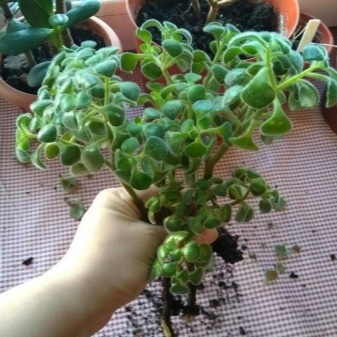
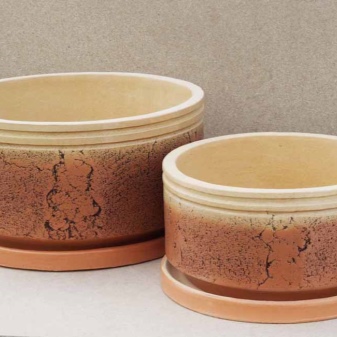
The transplant procedure itself is quite simple. Drainage is laid on the bottom of the selected pot. It can be expanded clay, pebbles, brick chips. Further, by the transfer method, an earthen lump is placed, the remaining space is filled with soil. Keep in mind that the transplanted plant should be watered only on days 5-9 - let the plant get used to the new conditions during the first week.
In addition, watering should be done in small portions.

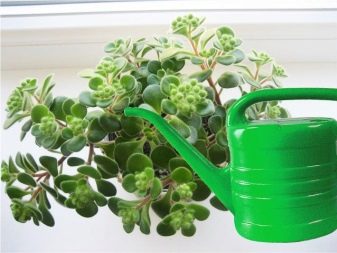
Pruning
The domestic variety can be grown in the form of a trunk (trunk completely free of leaves) or in the form of a classic shrub. It will take a lot of time and effort to create an aesthetic, neat crown. The apex should be carefully pinched from the emerging sprouts and fragile lifeless processes should be eliminated.
Pruning is not allowed in the winter during the rest of the plant. It is at this time that the culture can stretch and change shape after the hot season. Pruning is carried out exclusively during the active growing season. Competent timely pruning contributes to the renewed state of the plant.
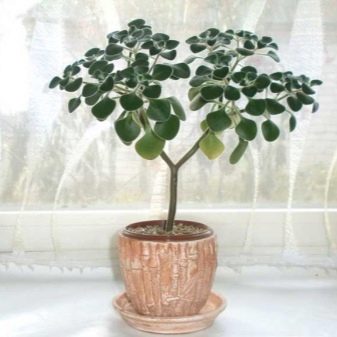
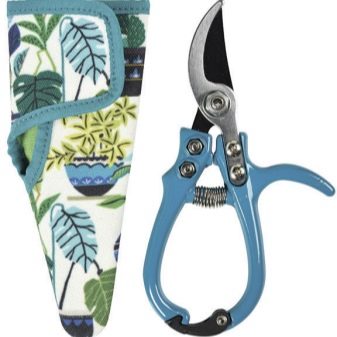
Reproduction
Become the owner of new copies can be done in two ways:
- sowing seeds;
- by cuttings.
If you choose a seed growing method, then follow the instructions below:
- prepare a clay container with low sides for a future copy;
- mix leafy earth and clean sand in a ratio of 2: 1;
- plant the seeds to a depth of about 0.5 cm;
- cover the pot with glass or transparent film on top, creating greenhouse conditions;
- put the container in a warm place where the temperature is +20 degrees;
- spray the soil daily and ventilate the pot.



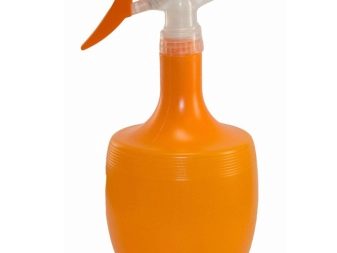
The first shoots will hatch in about two weeks. As soon as the shoots have 3-4 leaves, they can be transplanted into a new container. The rest of the sand and sod land are mixed into the soil. The seedlings are carefully planted in the ground, the gap between them is at least 5 cm.At this stage, you do not need to cover the pot with anything, you just need to put it in a lighted place, but not under direct ultraviolet rays.
As soon as the seedlings get stronger, they can be planted in individual containers. Each will require a pot with a maximum diameter of 70 mm. The bottom is filled with a drainage mixture, the top is filled with soil according to the above recipe or purchased soil for succulents. The temperature can now be reduced by a couple of degrees, and watering can be carried out on a daily basis, but, as always, in minimal portions.
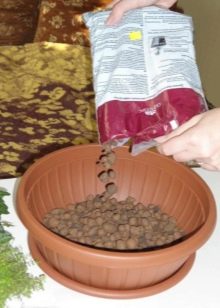
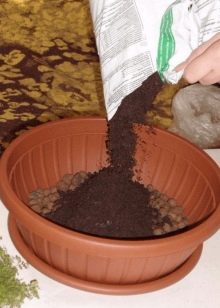
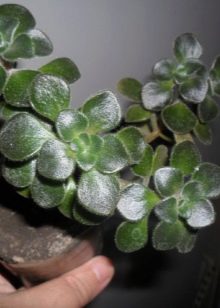
Propagation by cuttings is an easier and faster way to get a new plant.
Cuttings are made at the beginning of the spring season. Just at this time, the pruning procedure is over, and you can try to plant a new plant from the cut shoots. When propagating a flower by cuttings, follow these steps.
- Prepare a stalk about 9 cm long and dry it in a shady area for 2-12 hours.
- For rooting, it is proposed to use one of two methods. You can prepare boiled water, dissolve activated carbon in it and put the sprout there until the first roots are formed. Second option: plant the planting material directly into the prepared soil.
- As soon as the seedlings get stronger, they can be transplanted in personal containers.
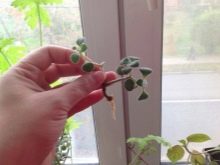
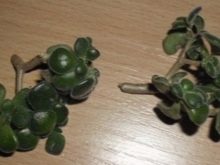
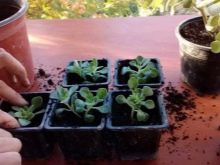
Keep in mind that if propagated by cuttings, young specimens will start to grow much faster than sprouts grown from seed. If it was not possible to find a suitable cutting after pruning, then you can cut off a healthy leaf from the plant and deepen it into moist soil. After some time, this seedling will give roots and a new specimen will begin to develop.
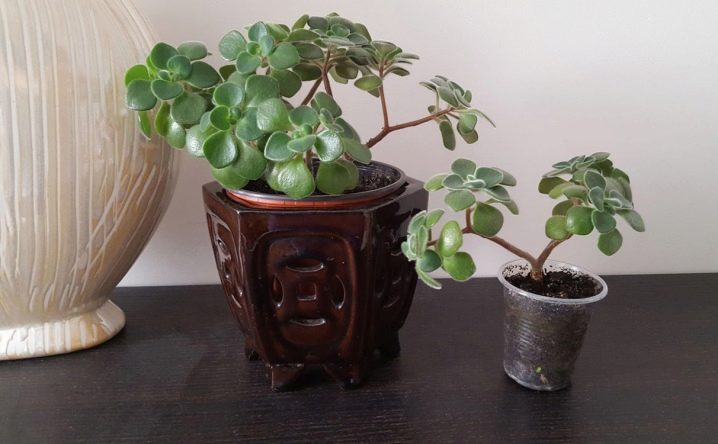
Diseases and pests
A succulent plant itself is capable of withstanding diseases and pests, but this is possible only under good conditions. In case of non-observance of some conditions for care, the plant's immunity weakens, it becomes a tasty morsel for the spread of rot and insects.
One of the most common diseases is considered to be a deciduous condition. In fact, this is not even an ailment, but a natural stage in the life of a plant. After flowering, the crop loses all leaves. This is often explained by the fact that the plant spends all its energy on the formation of flowers, and the leaves are left unattended, weaken without additional nutrition and fall off. Usually this is a natural process that does not threaten the health of the flower, and nothing needs to be done to correct the situation.
If leaf fall is observed in the autumn or winter period, then, probably, the reasons for this are errors in the content. This can be, for example, the influence of direct sunlight, overdried soil or overflow. Shriveled and lethargic leaves indicate a lack of moisture in the ground.
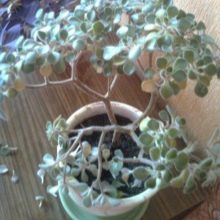


Root decay or ground decay is a common problem for bastard species. When the process has already developed, then nothing can be done to save the culture, all that remains is to cut off healthy areas and plant them. The soil must be eliminated, and the pot must be thoroughly rinsed and sterilized well.
The danger of this disease also lies in the fact that the fungus can live for years on the walls of the container in anticipation of the settling of a new flower, therefore the pot must be disinfected after the diseased plant.

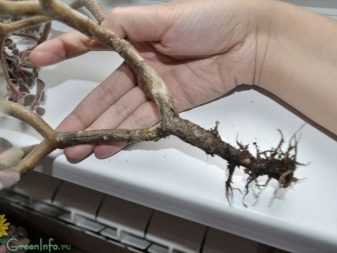
Another disease that often affects succulents is called white edema. It can be recognized by the white blisters that form on the leaves. The phenomenon arises from the greenhouse effect created by the grower. The culture actively absorbs moisture, however, due to the greenhouse, the water does not have time to evaporate through the leaves. The accumulated moisture ruptures the wall cells. If the leaf is squeezed a little, then a characteristic crunch will be heard - this is a sign of white edema. To prevent the onset of the disease, it is recommended to adhere to the following rules:
- reduce overcrowding of copies;
- in case of slow growth, avoid frequent fertilization;
- exclude watering in cloudy or cool weather;
- organize full drainage;
- give preference to dressings with calcium content;
- refuse to use pallets.
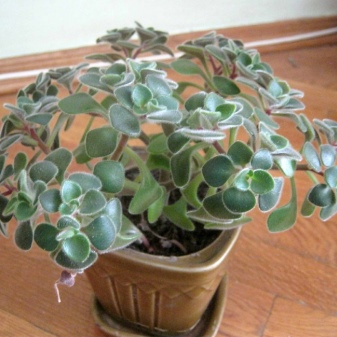

Scabbards and spider mites love to feast on the fat woman. The scabbard looks like a brown plaque and can be easily picked up with a fingernail. The fight against this pest is complicated by the fact that the individual is able to protect itself from chemical treatment with its shield.
The spider mite is a small individual no more than 1 mm in size, and it is impossible to notice it in a single copy. A light cobweb indicates the presence of a plant damage by a tick. Insects become noticeable when there are many of them. Conventional preparations often do not help in the fight against these pests, it is recommended to use more powerful acaricides, for example, Actellik, Karbofos, Aktara.
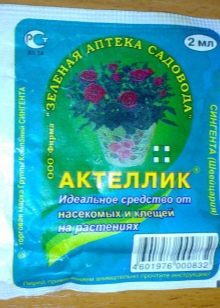
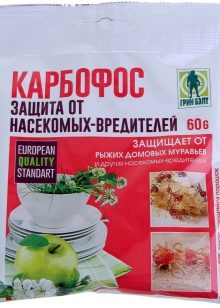
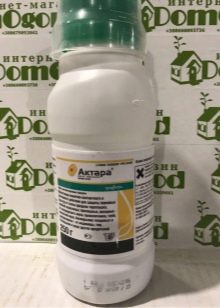
If the plant is attacked by insects, first of all, move it to a new place away from the "neighbors", as both pests will soon move to other indoor flowers. To avoid the appearance of these unwanted guests, avoid high temperatures in the room, plant and propagate plants only in carefully disinfected containers.
For information on how to care for Aichrizone at home, see the next video.















































The comment was sent successfully.